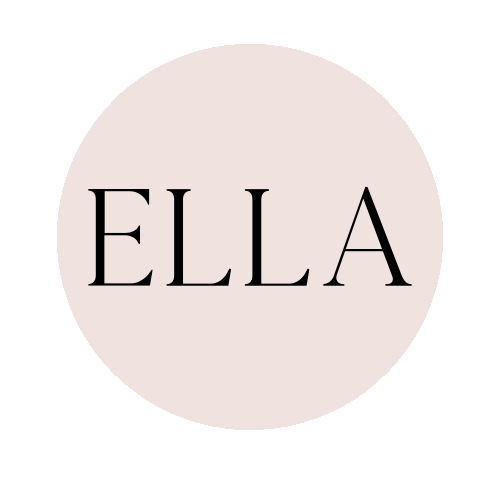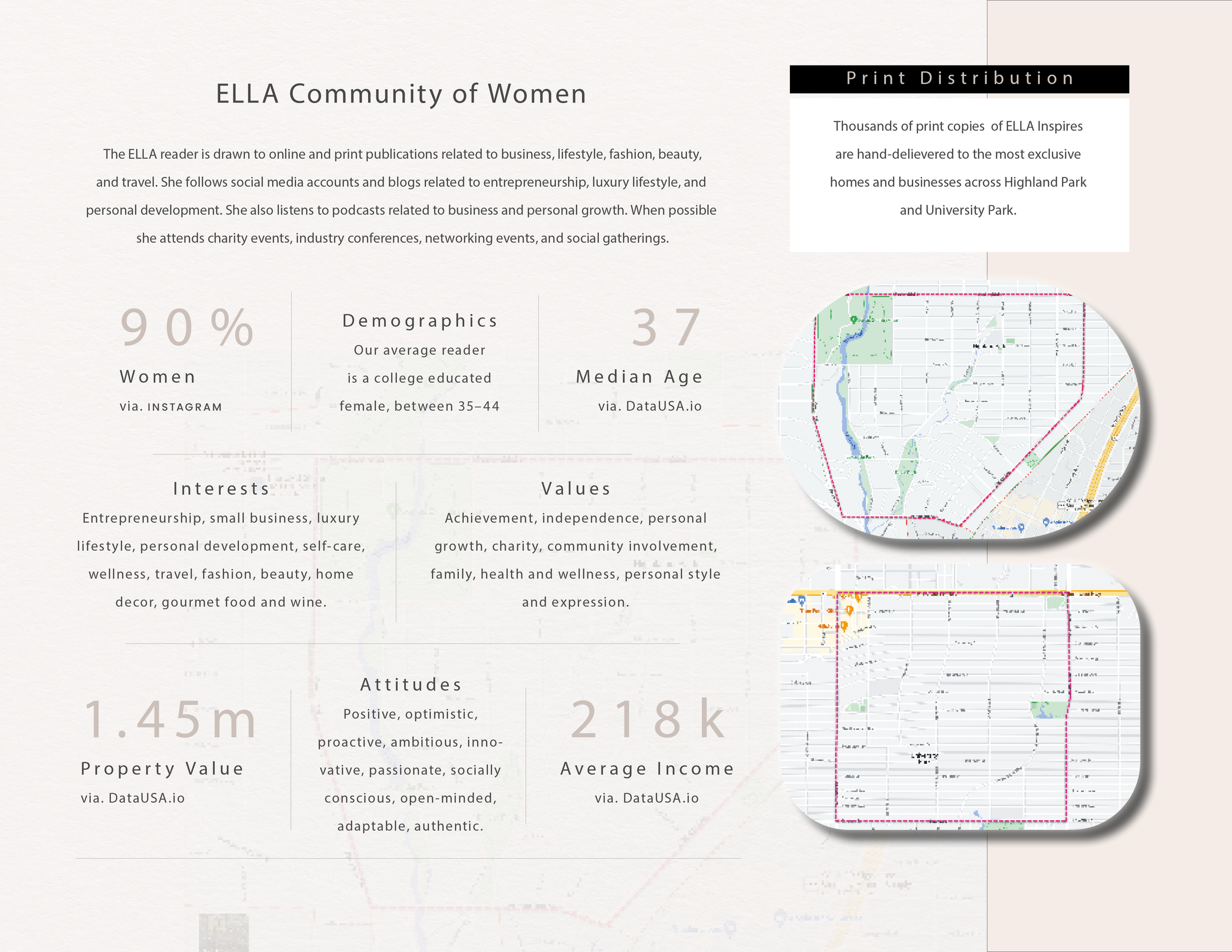Here's Why Paid Magazine Features Are Great For Business
In luxury marketing, the question often arises: is paying for magazine features worth the investment? Some may argue that paid placements undermine the authenticity and credibility of a brand. However, there are compelling reasons why paid magazine features can be highly beneficial for your business.
Targeted Audience Reach
Magazines have a distinct advantage over other forms of media in that they cater to specific niches and demographics. Whether it's a fashion magazine targeting affluent women or a lifestyle publication appealing to urban professionals, each magazine has a unique audience with specific interests and purchasing power.
By investing in paid magazine features, luxury brands can ensure that their message reaches a highly targeted audience of potential customers. Unlike traditional advertising, which may have a broader reach but lower conversion rates, paid magazine features allow brands to connect with consumers who are already predisposed to appreciate and invest in luxury products or services.
Credibility and Authority
While some may question the authenticity of paid placements, the reality is that appearing in respected publications can enhance a brand's credibility and authority within its industry. Consumers trust the editorial integrity of reputable magazines and view brands featured in these publications as being endorsed by experts and tastemakers.
For example, imagine a high-end skincare brand featured in a renowned beauty magazine. Readers are more likely to perceive the brand as trustworthy and effective, simply by virtue of its association with the publication's editorial content. This boost in credibility can have a significant impact on consumer perception and purchasing decisions.
Strategic Brand Positioning
Paid magazine features also offer luxury brands an opportunity to strategically position themselves within their competitive landscape. By selecting the right publications and editorial features, brands can align themselves with complementary content and adjacent brands that appeal to their target audience.
For instance, a luxury watch brand might choose to be featured in a lifestyle magazine alongside articles about travel, fashion, and fine dining. This strategic placement not only reinforces the brand's image of sophistication and refinement but also exposes it to potential customers who share similar interests and lifestyle preferences.
Measurable ROI
Contrary to popular belief, the return on investment (ROI) of paid magazine features can be quantified and measured. Many publications offer analytics and metrics that allow brands to track the performance of their features, including impressions, engagement, and conversion rates.
By analyzing these data points, brands can gain valuable insights into the effectiveness of their magazine placements and refine their strategies accordingly. Whether it's adjusting the timing of feature placements, optimizing the content of editorial spreads, or identifying opportunities for cross-promotion, brands can use data-driven insights to maximize the impact of their investments in paid magazine features.


